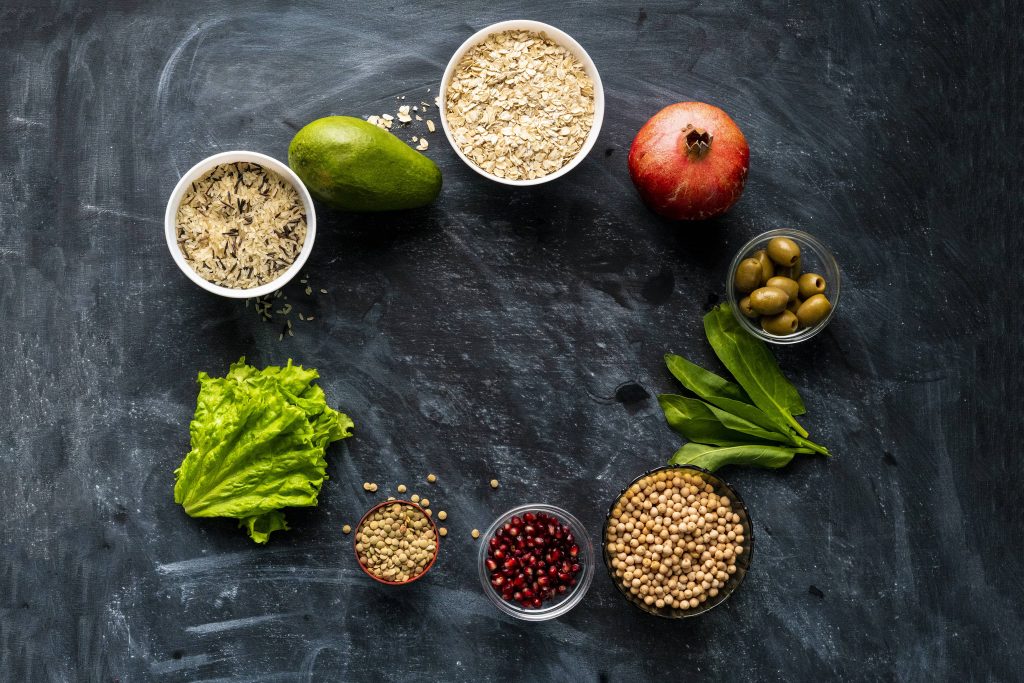
Packing a nutritious lunch for children is a nuanced task that involves understanding their dietary needs, preferences, and the importance of balanced nutrition. With increasing concerns about childhood obesity, dietary deficiencies, and the overall health of the younger generation, ensuring that children have access to healthy meals is more important than ever. Here are some detailed guidelines to help you pack nutritious lunches for your children.
Understanding Nutritional Needs
Before diving into meal planning, it’s vital to understand the nutritional requirements of children. Children require a balanced intake of macronutrients (carbohydrates, proteins, and fats) and micronutrients (vitamins and minerals) to support their growing bodies and active minds. Essential nutrients include calcium for strong bones, iron for healthy blood, and vitamins A, C, and D for overall health. Knowing this, it becomes easier to create a balanced meal that nourishes and fuels children for the day ahead.
Incorporating a Variety of Foods
Ensuring variety in your child’s lunchbox is crucial. Monotony in meals can lead to disinterest and nutritional gaps. Children can be picky eaters, but by introducing a wide range of foods, you can expose them to different tastes and textures that they might grow to love. Here’s a list of food groups to include:
1. Whole Grains: Opt for whole-grain bread, tortillas, or brown rice instead of their white counterparts. Whole grains provide more fiber, which aids digestion and keeps children feeling full longer.
2. Protein: Protein is vital for growth and repair. Include sources like lean meats, eggs, beans, lentils, or dairy products like cheese and yogurt. Consider plant-based proteins for variety or dietary preferences.
3. Fruits and Vegetables: Every lunchbox should contain fresh fruits and vegetables. These provide essential vitamins, minerals, and antioxidants. Consider carrots, sliced peppers, or cherry tomatoes for vegetables and apples, berries, or bananas for fruits.
4. Dairy or Dairy Alternatives: These provide calcium and vitamin D, which are crucial for bone development. If your child is lactose intolerant, consider fortified plant-based alternatives.
5. Healthy Fats: Incorporate nuts, seeds, or small amounts of avocado to provide essential fatty acids, which aid brain development.
Planning and Preparation
Packing a nutritious lunch requires planning. Here are some tips:
– Weekly Planning: Dedicate a time weekly to plan your child’s meals. This helps in ensuring that the meals are balanced and provides space to introduce new foods.
– Batch Cooking: Prepare and cook in batches to save time during the week. Cooking grains, marinating proteins, and chopping vegetables in advance can ease daily preparation.
– Involve Your Child: Children are more likely to eat food they helped prepare. Encourage them to assist in packing their lunchbox. It can be as simple as choosing the fruit or helping to make a sandwich.
– Presentation Matters: A visually appealing lunch can be more enticing. Use colorful fruits and vegetables or cut sandwiches into fun shapes. Bento boxes can often make meals more exciting.
Addressing Special Dietary Needs
Some children have specific dietary needs due to allergies or other health concerns. If your child is among this group, it is crucial to tailor lunch options accordingly:
– Allergies: For children with allergies, ensure that meals are free from allergenic foods. Often, creative substitutes can be used, such as sunflower seed butter in place of peanut butter.
– Vegetarian/Vegan Diets: Plant-based diets can be nutritious when well-planned. Incorporate a variety of fruits, vegetables, grains, and plant-based proteins. Nutrients like iron and B12 need particular attention.
– Gluten-Free Diets: For children who are gluten-sensitive or have celiac disease, replace traditional bread and snacks with gluten-free alternatives. Many grains like quinoa, rice, and corn are naturally gluten-free.
Hydration and Snacks
Hydration is as significant as nutrition. Ensure your child has access to water throughout the day. Sugary drinks should be limited. If your child enjoys flavored drinks, consider infused waters with slices of fruit.
In terms of snacks, think fresh and less processed. Nuts, a yogurt cup, or homemade trail mix can be filling and nutritious between meals. Avoid overly processed snacks with high sugar and salt content.
Encouragement and Education
It’s essential to educate and encourage children to make healthy eating choices. Teach them about the benefits of each food group and the energy it provides. Encourage them to listen to their bodies about hunger and fullness cues, fostering a healthy relationship with food from a young age.
Lastly, remember that moderation is key. It’s perfectly fine for children to indulge in their favorite treats occasionally. The focus should be on developing a sustainable, healthy eating pattern rather than restrictive eating habits.
In conclusion, packing a nutritious lunch for children can be both an educational and enjoyable process. It’s an opportunity to instill lifelong healthy eating habits. By ensuring variety, understanding their nutritional needs, and involving them in the process, you set the foundation for their overall well-being and development.










